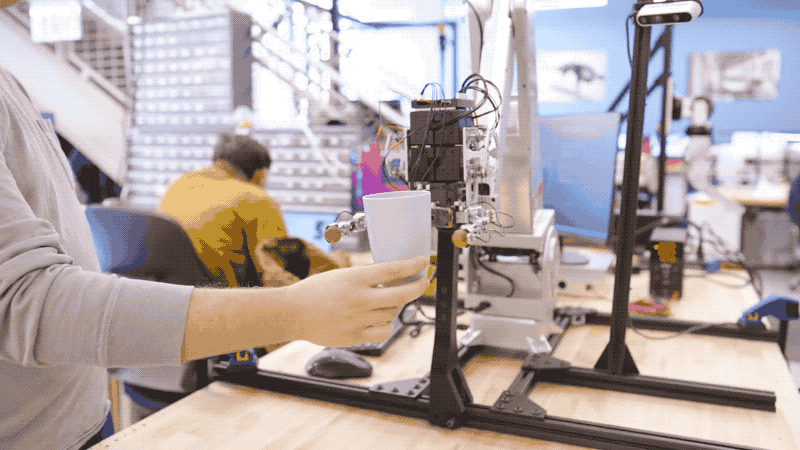TechCrunch Disrupt 2023 takes place on September 19–21 in San Francisco and — if you don’t already know — it’s the startup world’s big tent. It draws founders, investors, CEOs, tech professionals, scientists, policy makers, researchers and entrepreneurs. It’s where you’ll find inspiration, gain knowledge, forge new relationships and discover tools to help you build your business.
Shameless, but helpful, plug: Buy your pass now for significant savings. Prices increase on May 12 at 11:59 p.m. PDT. Who doesn’t like to save money?
Pivotal partners at TechCrunch Disrupt 2023
We’re fortunate to partner with some of the startup world’s leading companies to help make magic at Disrupt. We say fortunate because they’re passionate, thoroughly engaged and hands-on. They consistently deliver highly relevant content, educational expertise, resources and connection to the event. Their participation elevates, engages and supports early-stage founders.
Our partners also come to Disrupt to connect and explore opportunities with other companies within the startup ecosystem. They form alliances, forge partnerships, and look for potential investments, and sometimes they become a startup’s new client. Be sure to make time to meet, greet and network with our partners.
Here’s an early look at just some of our partners who will be on hand to help you move your early-stage startup to the next level. We’ll announce many more in the coming weeks.
Don’t miss out on the invaluable startup insights that Dealmaker, Helm.ai, Mayfield and Visa will bring to the stage during breakout sessions. Connect with other attendees in small group roundtable sessions with LatinX Startup Alliance, Mayfield and Otter.ai.
You’ll find plenty to discover on the exhibition floor, too, with Builder.ai, DuploCloud, Hedera, InvestHK, Platform.sh, Remote Technology Services, Yatta and others showing off their latest technologies, discussing how you can engage more with their companies and offering everyone’s favorite: swag! Plus, for the second year running, JetBlue Technology Ventures will be front and center connecting with female founders at the Women of Tech(Crunch) reception.
Oh, and if that bounty isn’t enough to whet your startup appetite, check this out. Visa will hold the finals of the Visa Everywhere Initiative 2023 global competition at TechCrunch Disrupt. Stop by to meet and greet the finalists at the TechCrunch Disrupt Pavillion on the exhibition floor.
And finally, you won’t have to worry about dead device batteries while you’re at Disrupt — just plug into one of the charging stations courtesy of Brex, and you’ll be good to go.
TechCrunch Disrupt 2023 takes place on September 19–21 in San Francisco, and our partners will help make it the best one yet. Don’t forget, prices go up on May 12 at 11:59 p.m. PDT. Buy your pass now and save.
Is your company interested in sponsoring or exhibiting at TechCrunch Disrupt 2023? Contact our sponsorship sales team by filling out this form.
Meet Visa, Mayfield, DuploCloud and more at Disrupt by Lauren Simonds originally published on TechCrunch
from https://ift.tt/tJbCZ8X
via Technews



















